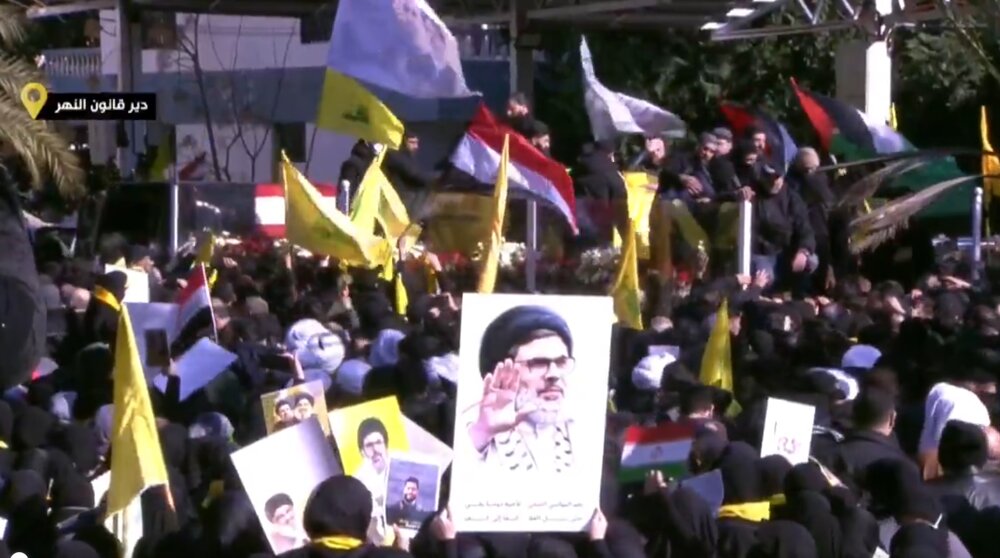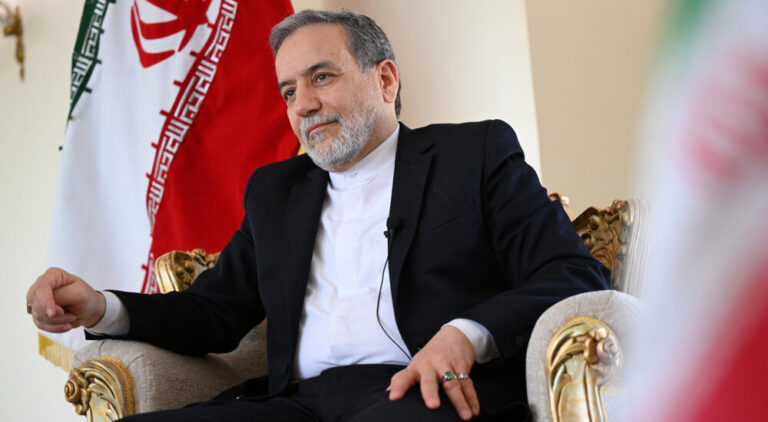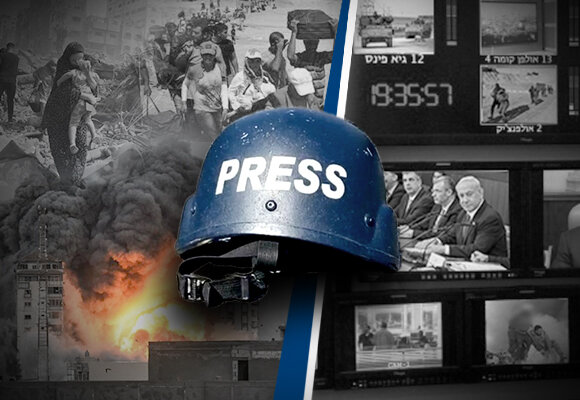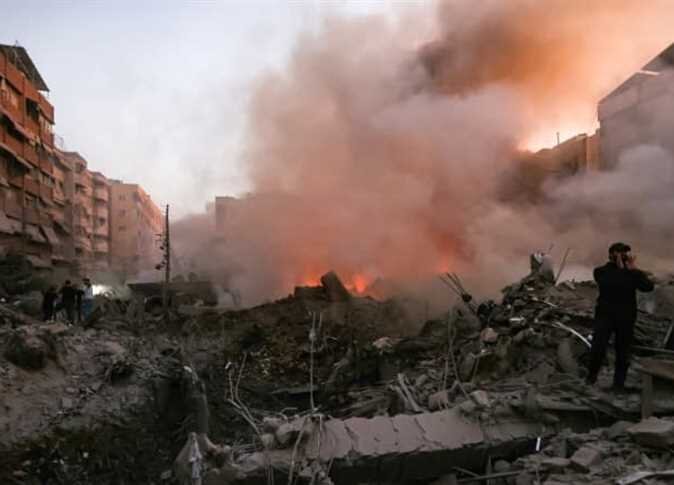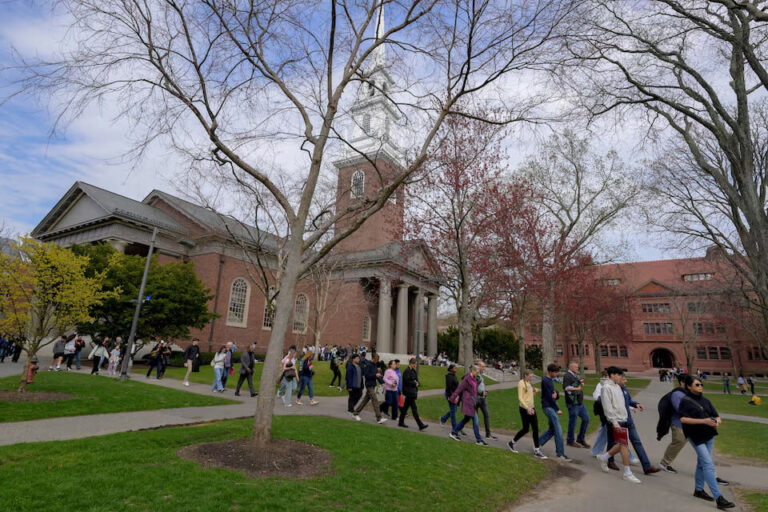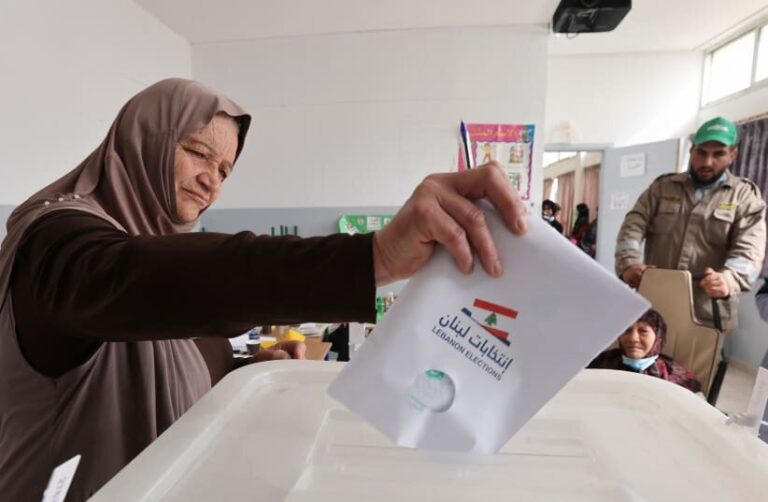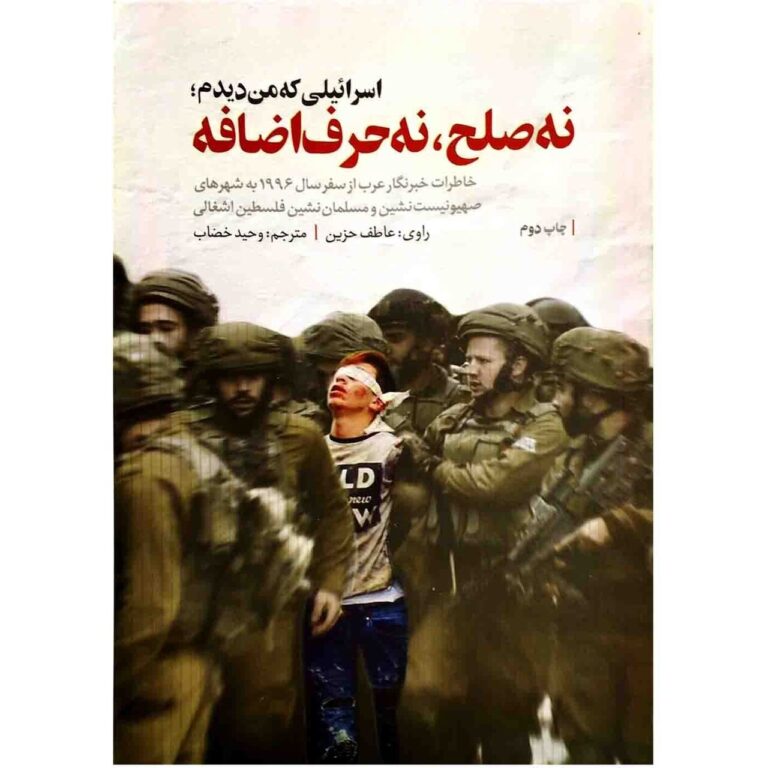Massive Turnout at Funeral for Martyr Hezbollah Leader Safieddine: A Tribute to Valor and Sacrifice
Hezbollah’s residence movement has confirmed the burial of Safieddine, the former head of the Executive Council of Hezbollah, in his hometown of Deir Qanoun al-Naher in southern Lebanon. This event follows the tragic loss of prominent leaders, including Sayyed Hassan Nasrallah. The recent events have sparked a significant response from numerous mourners and regional resistance groups.
The funeral ceremony for Hezbollah leader Sayyed Hassan Nasrallah and Safieddine took place in the Lebanese capital, where an overwhelming crowd gathered. Here are some key highlights from the event:
- Massive Attendance: Approximately 1.4 million people attended the funeral, including delegations from nearly 70 countries.
- Assassination Timeline: Israel was responsible for the assassinations of Nasrallah on September 27, 2024, and Safieddine on October 3, 2024.
- Strengthened Resolve: Following the assassinations, regional resistance groups have expressed that Israel’s actions have only intensified their commitment to the causes in Palestine, Lebanon, and beyond.
In his remarks during the funeral, Hezbollah Secretary-General Sheikh Naim Qassem praised Nasrallah for his role in revitalizing the Palestinian cause. He stated, “We will preserve this trust and will continue to tread this path,” highlighting the group’s commitment to their ideological mission.
Furthermore, Hamas paid tribute to Nasrallah, recalling his “heroic and honorable positions” regarding the Palestinian cause. They noted his unwavering support for forming a united front with the Palestinian people, particularly those in the Gaza Strip. This sentiment reflects the broader solidarity among resistance groups in the region.
The impact of these events extends beyond Lebanon, as they resonate with various factions and supporters of the Palestinian cause globally. The assassinations of such high-profile leaders have created a rallying point for resistance movements, reinforcing their determination to continue their struggle against perceived oppressors.
In light of these developments, many are looking toward the future of Hezbollah and its role in the region. The organization has historically been a significant player in the dynamics of Middle Eastern politics, and the loss of its leaders is expected to influence its strategies moving forward.
As the region grapples with these profound losses, the funeral has become a poignant symbol of resistance against external aggression. The massive turnout indicates not only the respect for the fallen leaders but also a collective commitment to their legacies.
In conclusion, the funerals of Sayyed Hassan Nasrallah and Safieddine mark a crucial moment for Hezbollah and its supporters. The expressions of solidarity and determination from various factions underline the ongoing struggle in the region. As Hezbollah vows to continue the path laid down by its leaders, the implications of these events will likely shape the future landscape of resistance movements in the Middle East.
For more information on Hezbollah and its activities, stay tuned for updates on this evolving situation.
